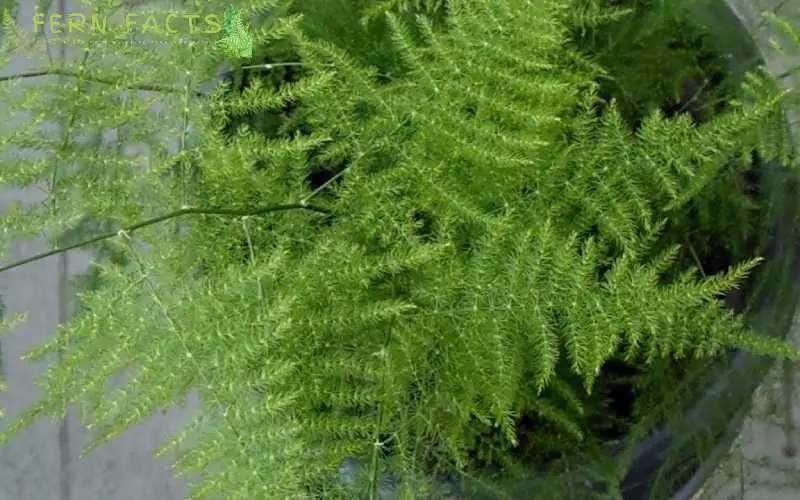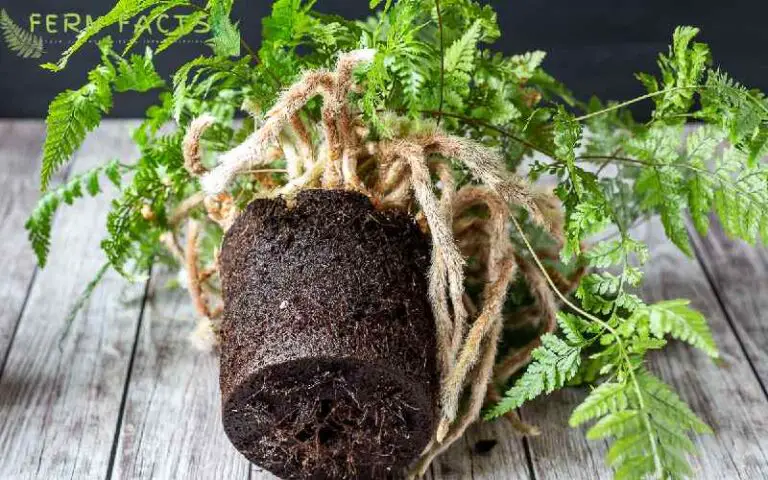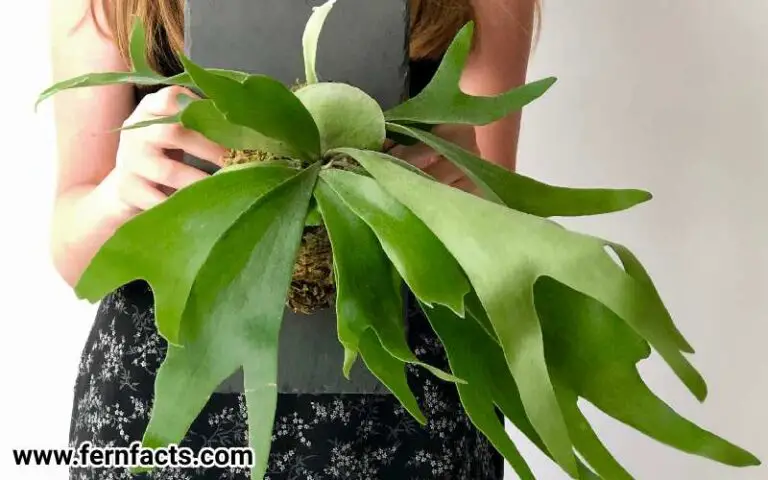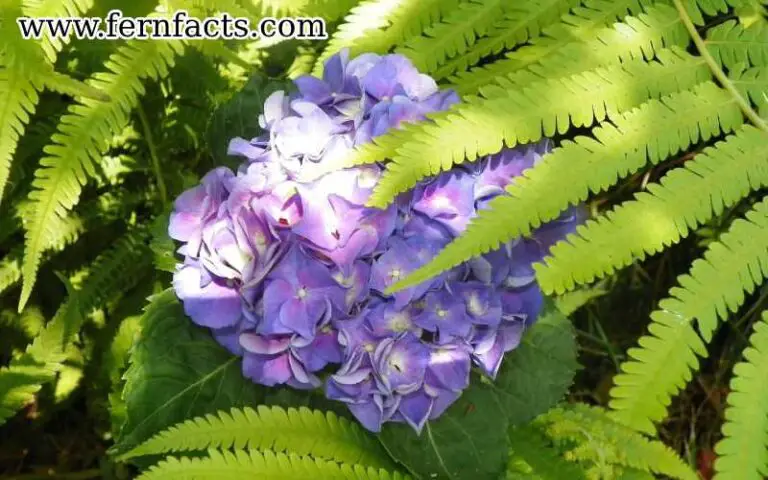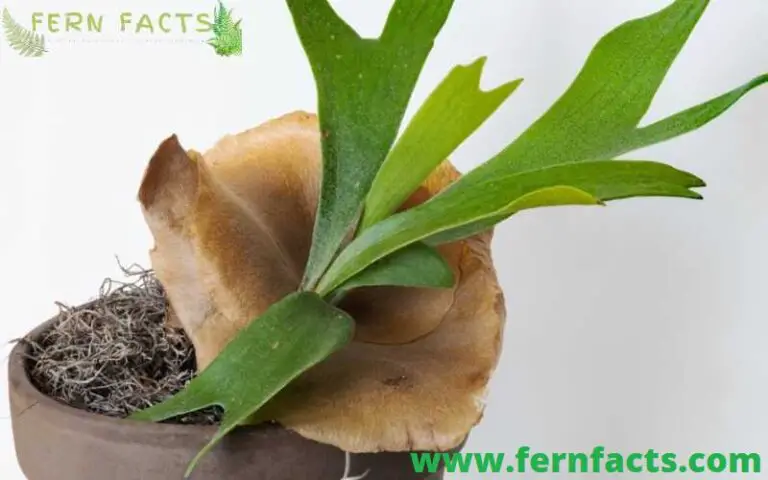How to Grow and Care for Plumosa Fern
Do you have Asparagus ferns? Are you aware of one of the popular varieties, which is Plumosa Asparagus ferns (A. Plumosa)? If not, then read this article rigorously.
In this article, I’ll give you an overall idea of plumosa ferns, their characteristics, and facts.
I’ll also give you tips and suggestions on how to grow these ferns effortlessly and make them thrive at home. So, let’s begin this topic.
Overview of Plumosa Fern
- Botanic name: Asparagus setaceus (A. Plumosa)
- Plant: Evergreen perennial
- Family: Asparagaceae
- Native range: Southern Africa
- Size: up to 10 to 20 feet
- Shade: partial to full shade
- Soil: well-drained moist
- Features: delicate, soft, and bright green fronds
- USDA Zone: 9 to 11
- Toxicity level: reportedly toxic plants
Asparagus Plumosa are rich green, feathery, textured ornamental ferns that are widely native to Southern Africa. They are also known as asparagus common ferns, climbing ferns, lace ferns, or feathered ferns in many local regions. Their bushy, evergreen appearances make them one of the popular varieties of the Asparagus family.
All About Asparagus Plumosa Fern
Asparagus Plumosa ferns are delicate ferns that attract many plant lovers and gardeners. Their soft, bright green, feathery foliage makes them economically renowned ornamental plants.
However, they are not true fern species, but they kind of resemble fern’s fronds. If you touch them, you can understand their softness through the touch.
However, if you have pets in your house, it will be a little problematic for you to manage these ferns. Their ferns are really soft and easy to chew, so your pet might chew their fronds.
Additionally, these ferns are very easy growing ferns, and don’t need extra care and maintenance. However, these ferns are fond of indirect sunlight and gentle watering techniques like misting, weekly watering.
Similarly, their soil should have a drainage system with rich nutrients.
These ferns can be grown aggressively as these are invasive plants. They can be grown invasively if they are not well maintained or pruned.
That’s why in many places these Plumosa Asparagus ferns are used to fill the garden gap. Thus, they become one of the renowned ornamental plants for both indoor and outdoor as well.
They have also received the Royal Horticultural Society’s Award of Garden Merit because of their unique, delicate frond texture.
Furthermore, these Plumosa Asparagus ferns are also used as noxious or harmful weeds in many places, such as New Southwest Whales, Australia, and Queensland.
Therefore, the government and authorities in this region do not allow them to be used for agricultural purposes.
Due to their harmful effect on both humans and the ecosystem, they are identified as injuries and toxic plants on earth. Even they can cause diarrhea and abdominal pain if any human consumes them.
Thus, you need to take little precautions if you tend to grow these Asparagus Plumosa ferns at your home.
Asparagus Plumosa Fern Basic Requirements
Well, if you are determined enough to grow and plant this fern at your house then follow the basic requirements to have thriving ferns.
Like every fern and plant, asparagus plumosa ferns need basic growing requirements such as shade, water, soil, temperature, and humidity. These primary elements are vital to a thriving Asparagus Plumosa fern.
Shade Requirements
These Asparagus Plumosa ferns are fond of dappled shade, which means partial bright light or indirect sunlight. Your ferns will thrive in such places.
However, like every other fern, these ferns also don’t have a tolerance for direct sunlight. That is why keep your ferns away from giving direct sun exposure to them.
It can burn their fronds or can scorch the foliage. Try to place them in a south-facing window to get indirect sunlight. Or else you can also place where they’ll not be exposed to direct sunlight.
Soil Mixture
In order to mix your asparagus fern soil, you have to make soil with rich ingredients. And so, the soil must have a proper drainage system.
For your outdoor asparagus ferns, you need to make the soil slightly acidic and it also should have well-drained soil so that the extra water can soak in the soil thoroughly. Besides, you need to keep them in pots that have drainage holes.
So that the excessive water can be drained out with that hole, thus, try to make rich humus moderately acidic soil for your Plumosa ferns.
For that purpose, you can mix soil with organic compost, peat moss, perlite, and leaf mold to enrich the soil texture.
Water
These Asparagus Plumosa ferns want a humid atmosphere; that is why you need to keep them well hydrated. Not overly soaked nor too dry.
Try to keep the soil moderately moist and damp so that they remain hydrated. Make sure you water these plants when the soil is dried out. Do not overwater your plants, it can rotten their roots.
You need to water even the outdoor ferns if your soil feels dry. Thus, water them thoroughly for the 1st few seconds. Ensure all water gets drained out from the drainage holes while remaining moist in the soil.
Don’t let the water sit on the soil surface; it will kill their roots. Depending on the climate conditions, you can water them once or twice a week.
Additionally, in winter, just water them twice a month. They go dormant during those seasons, so the less you do, the more helpful it’ll be.
Temperature and Humidity
Asparagus Plumosa ferns prefer 70° F to 90°F in the atmosphere for thriving. Therefore, try to maintain warm temperatures around your fern plants.
These ferns cannot tolerate frost conditions, so try to keep the weather humid. You can also use a pebble tray or humidifier to maintain the humidity level around your Plumosa ferns.
Fertilizer
To fertilize your Plumosa fern, you can use liquid fertilizer or water-soluble all-purpose plant foods to keep their nutrition in the soil.
So that they can inherit all the nutrients from the soil and become stronger, you need to feed your indoor container plants weekly in the summer seasons.
Likewise, you can also feed them every 5 to 6 weeks according to your plant’s growth pattern. Conversely, you can also fertilize them twice a year.
Don’t feed them in winter as they become dormant in that season. It’ll be no use feeding them at that point. Rather, it will be more harmful to your plants.
Asparagus Plumosa Fern Pruning Tips
As I have already mentioned to you Plumosa ferns are quite invasive plants if they are not well maintained. So, they can grow invasively if they get enough space to grow.
That’s why you need to prune and groom your Plumosa ferns to keep them in their shape. Especially for your indoor plants, you have to prune and trim them to hold the elegant shape of your plants.
Otherwise, it might grow invasively. You can simply prune the stems from the bottom or you can pinch their stems. It will enhance their growth even more.
Propagation of Plumosa Ferns
In order to propagate, you can simply use the root division process. The best time for Propagation is springtime.
- During that season, you can dig up the whole plant from the pot or ground.
- Sterilize all your pruning tools Before you use them.
- Reminder: you need to wear gloves because their spikes are a little sharp, which might hurt you.
- After removing the plants, divide the root with any trowel or knife.
- Try to ensure each part has the same sort of roots.
- Then you have to replant each section into a pot/container/garden land with your new potting mix soil.
- Finally, end this process by thoroughly giving ten drops of water.
Repotting of Plumosa Ferns
Potting and repotting of these ferns are vital parts to enhance their growth. As they are usually pretty large plants, if you plant them in a container make sure you use a bigger container with shallow space.
- Try to choose a slightly bigger container from the previous one so that they get maximum space to spread their roots properly. This will help them to grow.
- Prepare rich humus and well-drained Soil for your Plumosa fern. While mixing their soil, try to make rich soil with all other nutrient properties like clay soil, and alkaline soil balances the acidic pH level as well.
- Then, they can be replanted in a container or in a garden while maintaining other requirements.
- Lastly, water them thoroughly after such a hectic process.
Plumosa Ferns Pests Problems With Solutions
Let’s go through the most common issues of Plumosa ferns and their solutions.
Pests problems
Likewise, other asparagus ferns, such as Plumosa ferns, are also sensitive to pests like mealybugs, scales, spider mites, and aphids.
If you observe any kind of pests around your Plumosa ferns, immediately treat your plants. Otherwise, it will get worse day by day and ultimately you will lose your plants.
For treating purposes, you can use neem oil, horticultural oil, insecticidal soap, and pesticides.
Pale Green Foliage
Asparagus Plumosa are very delicate green foliage ferns. But if you notice your plumosa fern’s green foliage becoming pale and dull day by day.
Then, there might be some issue brutally affecting your plants. Most of the time, insufficient lighting and watering are the primary reasons behind this.
That’s why, promptly recheck your plant’s requirements again. Try to give them their ideal environments to thrive.
Read More About How to Care for and Grow Squirrel’s Foot Fern.
Final note
On a final observation, Plumosa ferns are evergreen perennial ornamental plants. These ferns are mostly famous for their delicate frond texture. However, these ferns are moderately toxic along with having side effects as well.
Still, you can utilize these ferns’ beauty at your home by giving them their ideal condition such as shade, soil, water, temperature, and humidity. Additionally, you can make them thrive for years after afters by repotting and propagation, fertilization process as well.
Although they are quite sensitive to some pests and other issues, you can still troubleshoot all problems by following the above-mentioned guidelines.
In short, you can have this ornamental Plumosa Asparagus fern at your home by utilizing these simple tips and suggestions.

